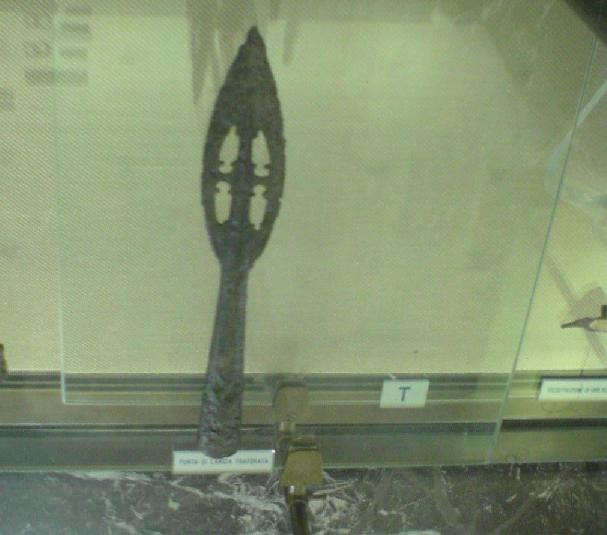I'm Gabriele, i live in Roma ad i'm 25. I've always have a passion for arms and armor, especially those of acient times. migration period and rinascimento. I still remember the first time i saw a zweihander in a palace of the city center (stolen from a lanzichenecco during the sack of Rome in 1527), my love for history and arms begun there. I studied deeply latin and acient greek in high school (a particular kind called liceo classico) and this year i'm going to take a degree in law, but i hope to become a military historian.
The first thing i'd like to share with you is an amazing sword from the migration period. It was found in the necropoly of Nocera Umbra (200km from Roma), a "cemetery" developed between 570 and 640 AD.
The hilt is unbelivable, entirely made in gold and finely decoreted, is one of the most beatiful thing i've ever seen. The upper guard is affixed to the tang and the pommel is riveted to the upper guard in a sort of "Petersen type R" ante litteram.
I try to mesure the sword but was hard with the the protecion-glass, i think it's under 90cm all.
Here a photo that count more than one thousand words.
ps. excuse me for my english.
[ Download ]
